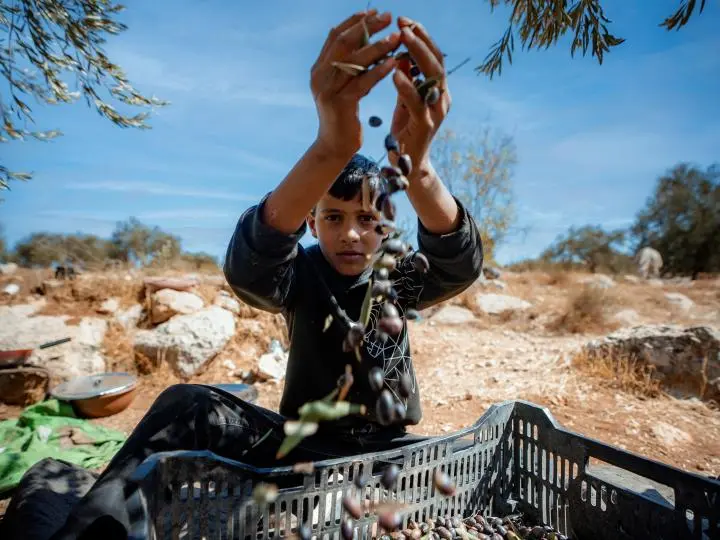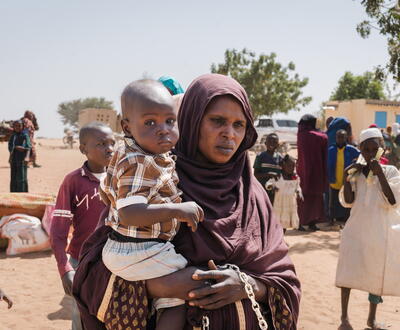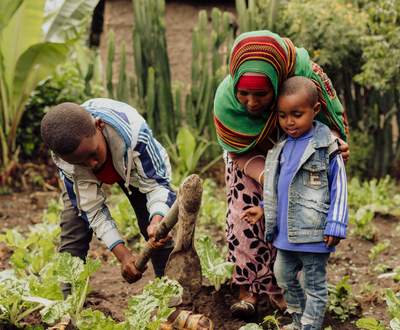
About the report
Communities in the West Bank are enduring a deepening crisis. Daily life has become increasingly difficult due to a sharp rise in violence, severe restrictions on movement, and the sudden loss of access to work. For families already living on the edge, these shocks have had devastating consequences uprooting livelihoods, disrupting education, and placing immense strain on mental health and well-being.
In response to the worsening situation, World Vision undertook a broad listening exercise to better understand how families in the West Bank are coping and what support they need most. By engaging with parents, children, community leaders, and volunteers across a wide area, we aimed to capture the real-life impact of the crisis on people’s everyday lives. This report presents the key findings from this excercise.


